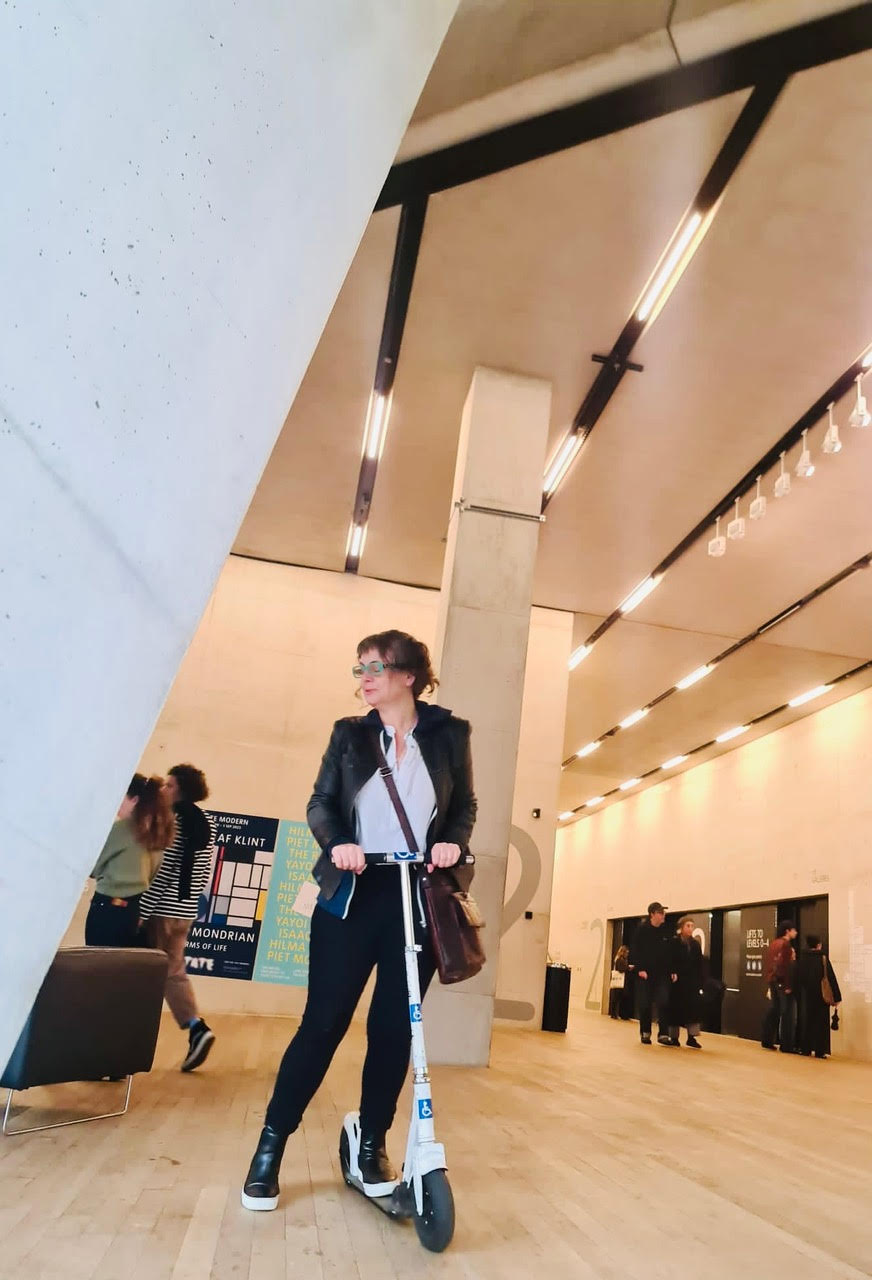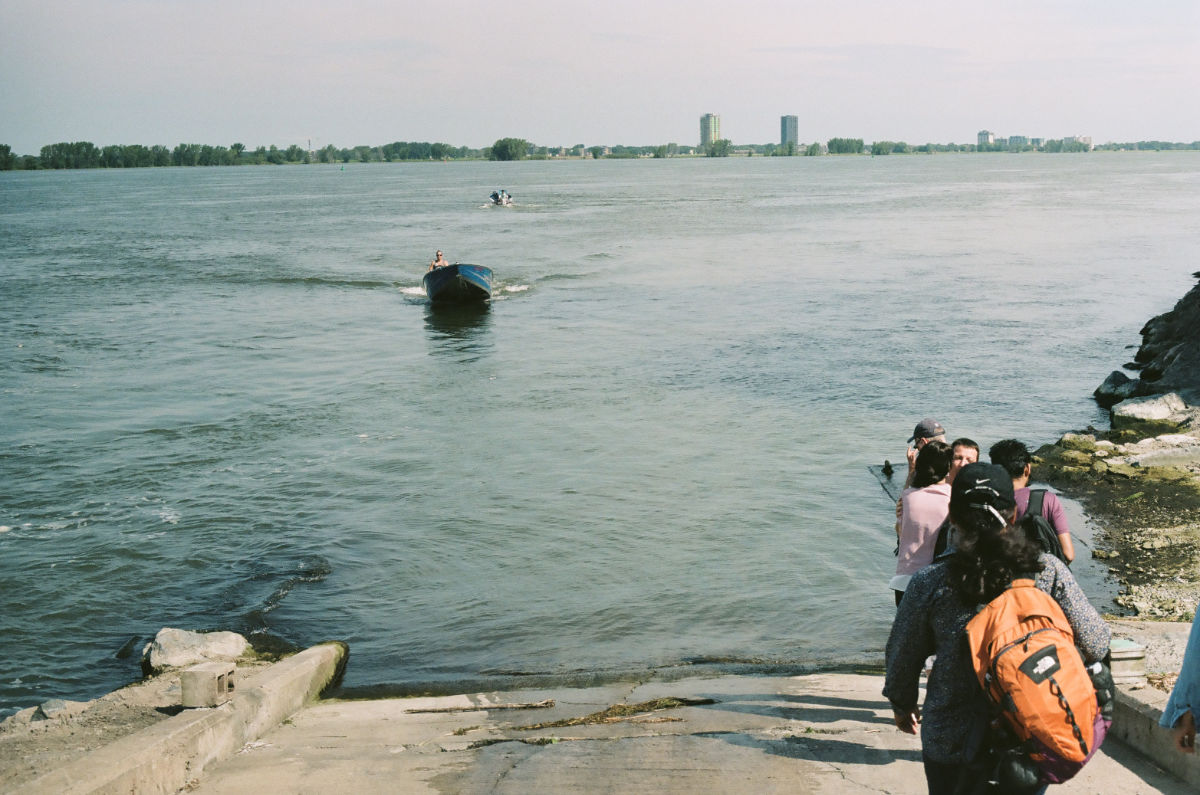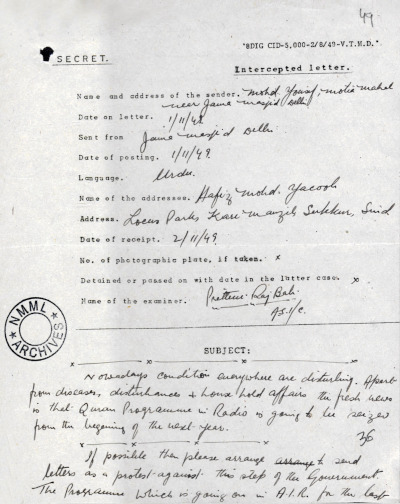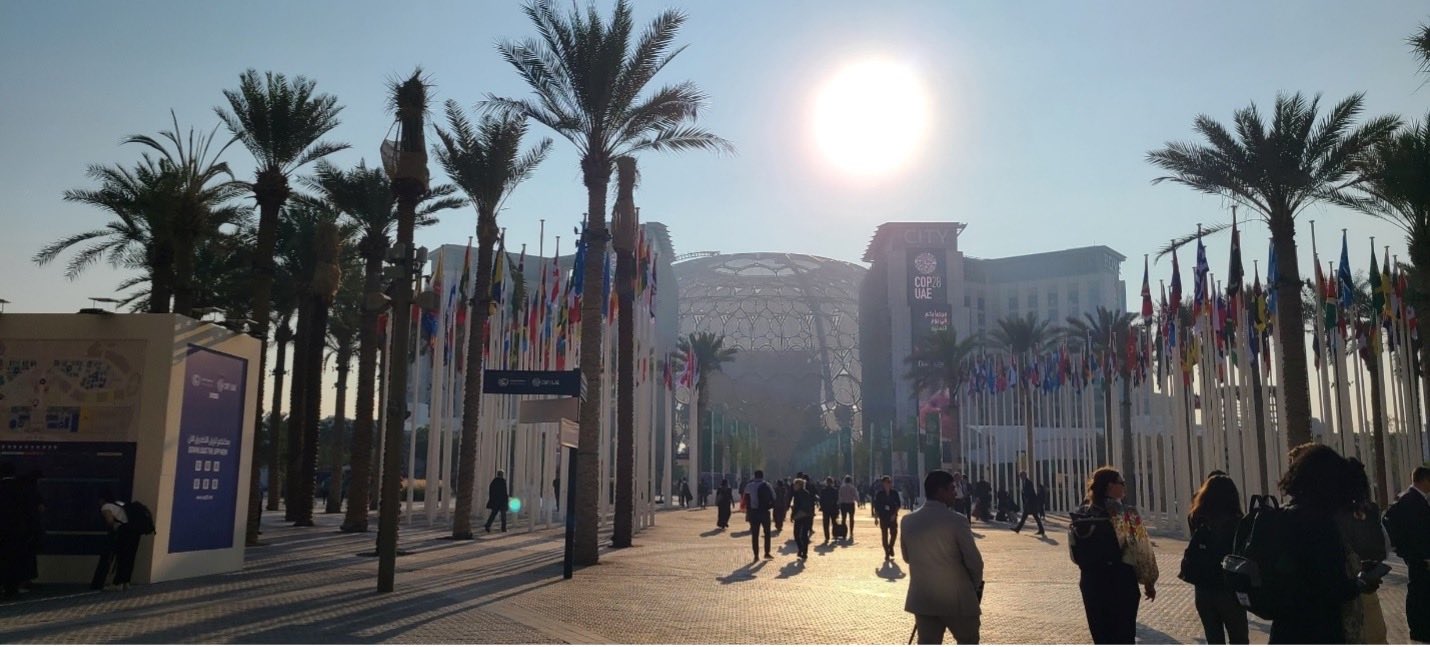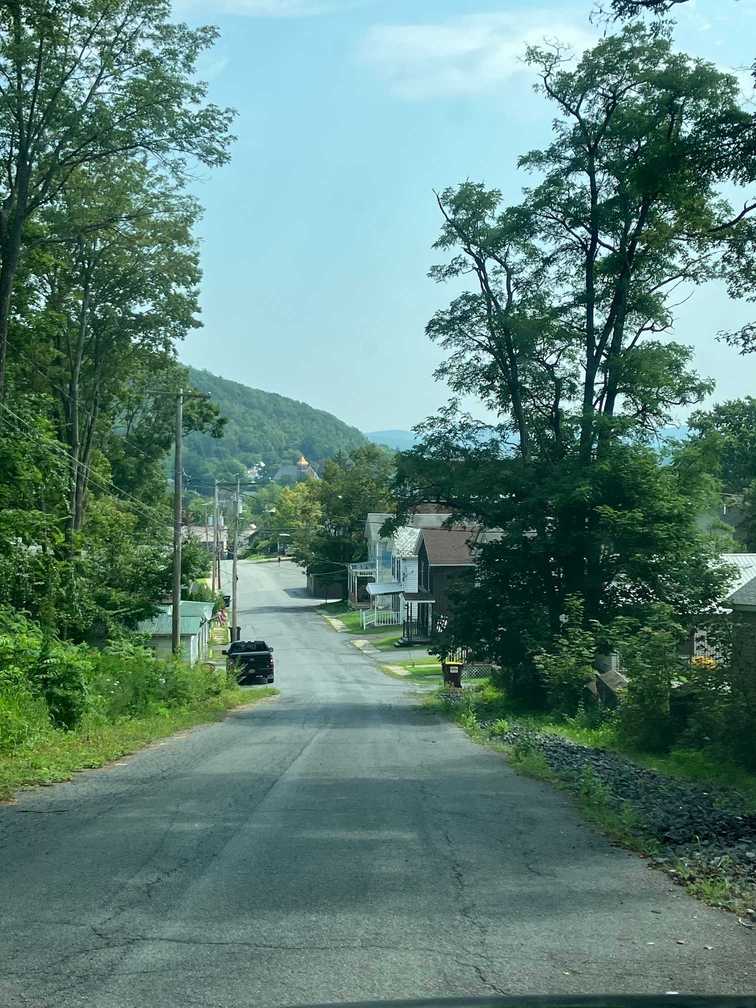
Anthropology of a Dream: The Stakes of Studying Addiction in America
In America, the desire for a dream echoes in personal, popular, and political narratives like a refrain promising inevitable progress. I regard addiction as the mirror of this dream in which capitalist processes of production and consumption are embodied at their imaginable limits and addicts appear as perfected capitalist subjects. Drug addicts produce to consume and consume to reproduce themselves, a cycle of reproduction that tightens as their world shrinks, as they increasingly withdraw from social relations to become an economy of one—an autonomously productive and consumptive individual who destroys themselves to reproduce themself (Pine 2019). Addiction emerges as a problem alongside the fantasy of a “good life” characterized by “upward mobility, job security, political and social equality, and lively, durable intimacy” (Berlant 2011: 3). What habits and histories shape the endurance of this dream and why do we imagine anything different as a failure? (read more...)


